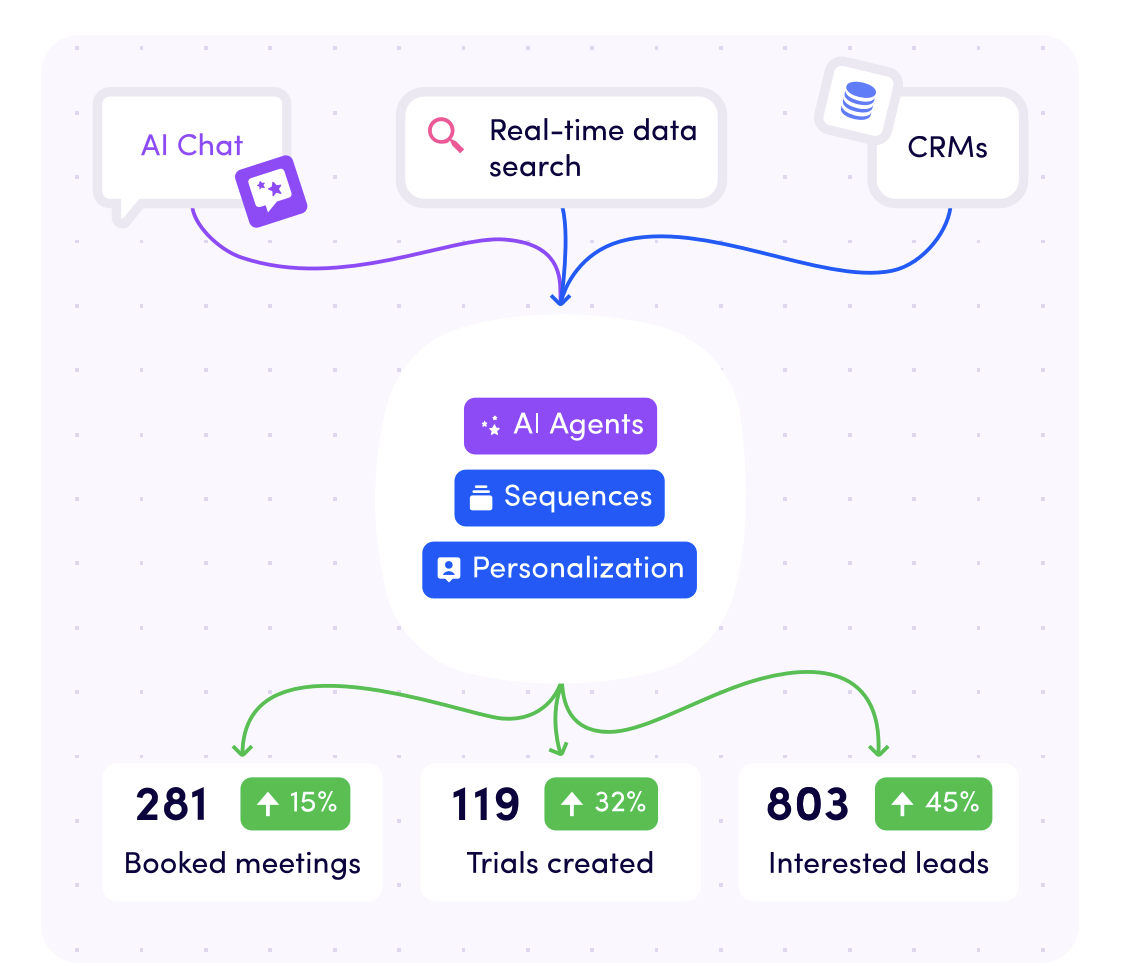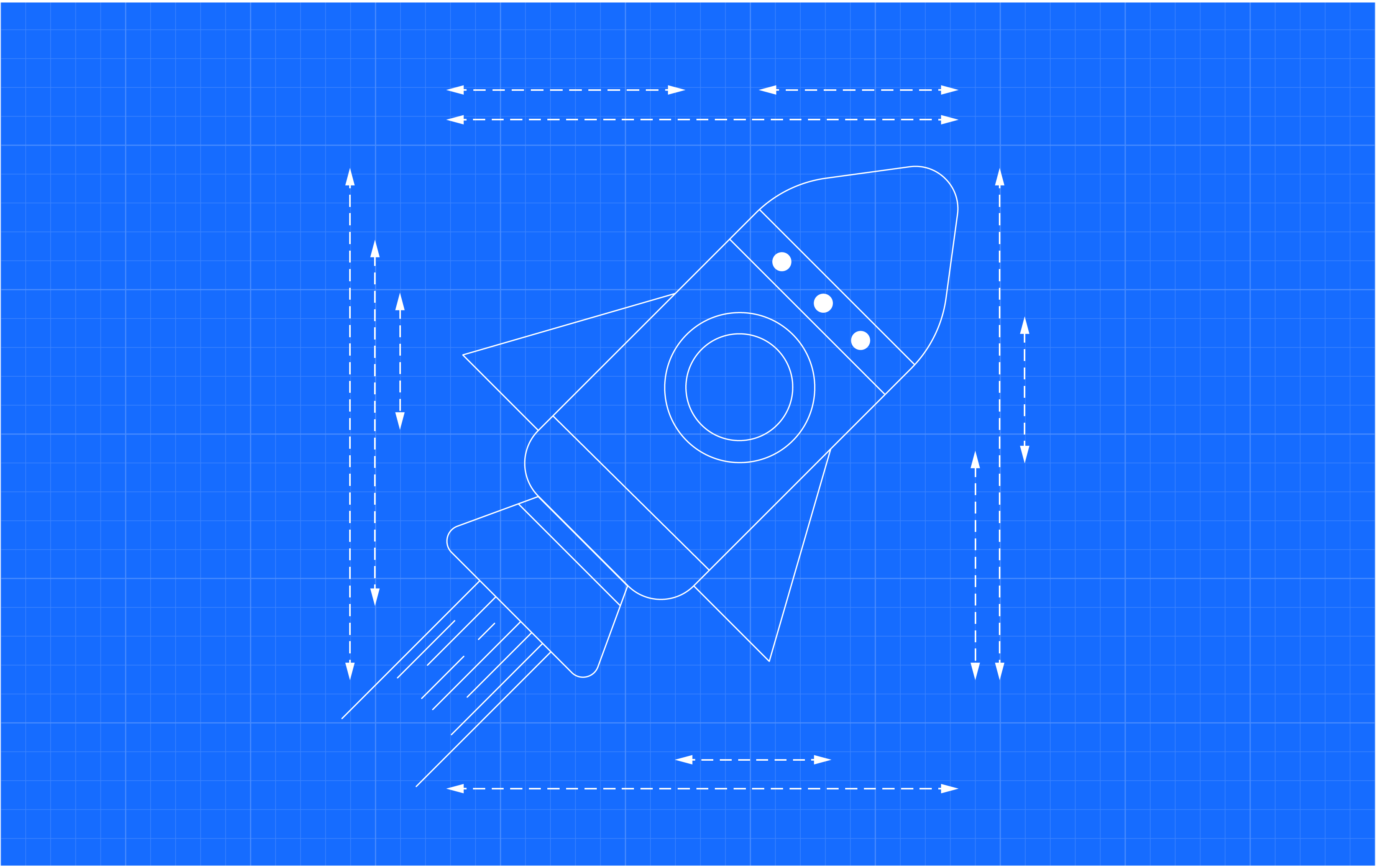Agile Project Manager: Job Description, Roles, Skills [2023]

Agile project management is a fast-paced and dynamic field that requires a deep understanding of the many roles and responsibilities involved.
But when you consider the job trends of product managers, this understanding is absolutely worthwhile.
Artificial intelligence (AI) and machine learning are making many traditional human-led processes obsolete because technology makes us more efficient and productive.
But we can't solely rely on this. Businesses still need managers as the driving force behind a project teams and meeting objectives. This is the traditional project manager role.
And within this role, there are several frameworks you can choose from:
One popular method you may want to consider is the Agile method. Agile is a project management style that is better suited to the fast-paced nature of modern business.
In this article, we'll take a closer look at the key roles and responsibilities you need to master to be an effective project manager in an agile environment.
TABLE OF CONTENT
What is agile project management?
Agile project management is an iterative and collaborative method that uses shorter development cycles (called “sprints”) to incorporate customer, team and stakeholder feedback at each stage of a project lifecycle.
The idea is that this constant iterating of feedback produces better and more accurate results for projects.
The other interesting thing about Agile is that it can be implemented using the frameworks we mentioned earlier.
So it works as a hybrid project management style too, a further testament to its flexibility.
Agile’s roots can be traced back to the 90s, up until this point most management styles followed the Waterfall method, a more rigid process based on traditional hierarchies.
Software development required flexibility that traditional methods simply couldn’t give, and so agile was born.
Then in 2001, a group of software developers came together to define the guiding principles behind the agile philosophy and produced the Agile Manifesto.
The 4 values of Agile
While the manifesto and the birth of agile centres around software development, the core philosophies of agile are highly transferable to any industry, whether that’s construction, marketing or healthcare.
The agile manifesto explains these 4 values:
- Individuals and interactions over processes and tools.
- Working software over comprehensive documentation.
- Customer collaboration over contract negotiation.
- Responding to change over following a plan.
![]()
The core philosophies of agile are highly transferable to any industry.
The 12 principles of Agile Manifesto
The manifesto describes these 12 principles as a guide:
- Our highest priority is to satisfy the customer through early and continuous delivery of valuable software.
- Welcoming changing requirements, even late in development. Agile processes harness change for the customer’s competitive advantage.
- Deliver working software frequently, from a couple of weeks to a couple of months with a preference to the shorter timescale.
- Business people and developers must work together daily throughout the project.
- Build projects around motivated individuals. Give them the environment and support they need, and trust them to get the job done.
- The most efficient and effective method of conveying information to and within a development team is face-to-face conversation.
- Working software is the primary measure of progress.
- Agile processes promote sustainable development. The sponsors, developers, and users should be able to maintain a constant pace indefinitely.
- Continuous attention to technical excellence and good design enhances agility.
- Simplicity – the art of maximising the amount of work not done – is essential.
- The best architectures, requirements, and designs emerge from self-organising teams.
- At regular intervals, the team reflects on how to become more effective, then tunes and adjusts its behaviour accordingly.
If we dissect these principles, there’s one thing that stands out above all else: the focus is on people - how they collaborate and maximise efficiency.
-Apr-20-2023-03-18-55-9796-PM.jpg?width=860&height=550&name=Resized%20Blog%20Headers%20(1)-Apr-20-2023-03-18-55-9796-PM.jpg)
What is an agile project manager’s job description?
An Agile project manager (APM) can be expected to assume a large number of responsibilities, typically these would include:
- Motivating, coaching and guiding teams to produce high-quality and sustainable work.
- Planning project scope and allocating resources such as personnel, tools and processes and removing obstacles for teams.
- Documenting project data and sharing this with teams and key personnel.
- Holding status meetings to assess progress.
- Support the Product Owner by managing stakeholder communications, and customer expectations, and creating a system of project governance.
- Increasing the pace of deliveries to avoid running out of time.
![]()
The focus is on people - how they collaborate and maximise efficiency.
An Agile project manager’s roles can be broken down into these sections:
Enterprise-level
- Responsible for leading and managing more complex, high-level projects.
- Manage several Agile teams that integrate activities and skills outside of one team’s scope.
Team-level
- Act as a consultant on teams to build the most suited teams, allocate appropriate resources, tools, and implement processes to improve efficiency and effectiveness.
- Coach and guide individuals to optimise performance
Hybrid roles
- Combine both Agile and non-Agile methods, such as the Waterfall method, to plan and execute deliverables.
- Develop management approaches that deliver within project constraints.
What skills does an agile project manager need?

Agile project management is a demanding role with high expectations, in order to become one you’ll need to have or develop the following skills:
Exceptional organisational skills
You’ll need to know how to plan, budget, schedule and manage entire teams and projects to a high standard.
Another element is knowing how to prioritise tasks accordingly. Agile teams work in shorter cycles and therefore time is your biggest enemy, knowing what needs attention and in which order is key.
Adaptability
Priorities can change quickly, as can customer demands. You’ll need to be comfortable working under pressure and flexible when having to switch gears and meet project deliverables.
Excellent communication skills
APMs work with multiple teams and even departments, this means the ability to communicate clearly and concisely is an important part of your toolkit. You’ll need to make sure everybody involved in the project understands their role and what needs to be done.
Critical thinking
Critical thinking plays a role in almost every situation for Agile project managers. From choosing the right team to planning deadlines and budgets to brainstorming ideas and evaluating data. You’ll need to show initiative and think on your feet quickly to make decisions.
Knowledge of Agile and Scrum
Scrum is a management framework that uses Agile methodologies. The main difference in Scrum is that it uses fixed sprint cycles, so 1-3 weeks for example, whereas Agile is much looser with its definition. Having experience or at least a working knowledge of both is essential to get started as an APM.
-Apr-20-2023-12-50-33-2088-PM.jpg?width=860&height=550&name=Resized%20Blog%20Headers%20(3)-Apr-20-2023-12-50-33-2088-PM.jpg)
What are the benefits of agile project management?
Agile project management is more than a trendy buzzword. Since its widespread implementation, agile has produced more iterative, faster and adaptable results for clients and organisations across the globe.
With this in mind, let’s have a look at some of the most common benefits of agile project management.
More adaptability means less risk
Traditional methods rely on predicted outcomes at each stage of a project cycle, so ‘x’ will happen after ‘y’ and so on.
With agile methods, teams are continually analysing data and gathering feedback to iterate during development cycles. This makes agile project management highly adaptable to sudden changes in priority or client requests.
Greater customer satisfaction
Customer collaboration is one of the 4 values of agile. In practice, the collaboration between teams, stakeholders and customers means that deliverables are measured and assessed at the end of sprints.
This close working relationship prevents disapproval or rejection at the latter stages and ultimately, gives greater customer satisfaction.
Happier teams and workplace culture
To get the best out of individuals in the workplace, they need to feel heard, to feel valued and that what they do matters.
Agile grants a level of autonomy, trust and freedom that traditional hierarchies lack and this translates into teams that are happier to collaborate, share ideas, make decisions and perform at a higher rate.
-1.jpg?width=860&height=550&name=Resized%20Blog%20Headers%20(5)-1.jpg)
What are the drawbacks of agile project management?
For a balanced argument, let’s also look at the potential drawbacks:
High flexibility can cost focus
Because of agile’s inherent flexibility and adaptability, this can cause projects to veer off track.
If too many changes or deviations are made in a project lifecycle, individuals might start to forget the original goal as their attention keeps switching. It’s important to remind teams of the plan and keep a close eye on progress.
Agile gives a lot of power to humans
If you recall another of agile’s 4 values, individuals and interactions over processes and tools, a great deal of agile success relies on the actual people involved.
This makes selecting the right teams, with the appropriate skillsets, critical. It also opens up the door for incompetence if done incorrectly and can cost precious time and resources.
-1.jpg?width=1183&height=756&name=Resized%20Blog%20Headers%20(4)-1.jpg)
Final thoughts
Now you understand the difference between an Agile and a traditional project manager.
If you're interested in a career in this role then becoming an Agile project manager is a great choice.
And if you are wondering where to start from, here is an interesting list of some of the best project management courses with certification.
As organisations shift towards less hierarchical structures and customer expectations, demand more flexibility from their suppliers, agile project managers pose a solution to keep pace and deliver excellent results.
FAQs
What are the 5 phases of Agile project management?
Agile project management can be broken down into five phases, each with their own unique set of tasks and goals. These five phases are:
-
Envision: This is where you dream big and come up with the project's big picture. Think of it like a vision board, but for a project!
-
Speculate: This is where you break down that big picture into smaller, more manageable pieces. You'll create a backlog of tasks and prioritise them based on their importance.
-
Explore: This is where you get to work! You'll start tackling those tasks, experimenting, and learning as you go.
-
Adapt: This is where you'll assess your progress, review what's working and what's not, and make adjustments to your plan as needed.
-
Close: This is where you celebrate! You'll wrap up the project, document what you learned, and share your successes with the team.
Which answer best describes the Agile project management methodology?
Agile project management is a flexible, collaborative approach to project management that emphasises continuous improvement, rapid iteration, and delivery of value to customers. It involves breaking work into small, manageable parts, called "sprints," and working closely with cross-functional teams to deliver high-quality products or services.
How to become an Agile project manager?
Here are the recommended steps to become an Agile project manager:
- Learn Agile methodology and frameworks such as Scrum, Kanban and Lean.
- Earn relevant certifications such as Certified Scrum Master (CSM) or PMI Agile Certified Practitioner (PMI-ACP).
- Gain experience working on Agile projects or in Agile teams.
- Develop skills such as facilitation, communication and leadership.
- Keep up-to-date on the latest industry trends and best practices.
- Network with other Agile professionals to share knowledge and experience.
Getting a degree in a relevant field such as computer science, engineering or business can be a great way to gain valuable knowledge and skills for a career in agile project management.
But it is not always necessary to.
What are the differences between Agile and traditional project managers?
-
Agile project managers prioritise individuals and interactions over processes and tools
-
Traditional project managers prioritise processes and tools over individuals and interactions
-
Agile project managers welcome and adapt to change
-
Traditional project managers aim to minimise changes to the plan
-
Agile prefer face-to-face communication
-
Traditional rely heavily on documentation and reports
-
Agile emphasise working software as the primary measure of progress
-
Traditional measure progress primarily through meeting deadlines and staying within budget
-
Agile work in short, iterative cycles
-
Traditional work in long, linear phases
-
Agile encourage collaboration and self-organising teams
-
Traditional use a hierarchical command-and-control structure
Become Certified in Project Management!
Learn managing projects that create ecstatic clients, hyper-productive teams and super-satisfied stakeholders in under 12 weeks.
Our Project Management Certificate will cover:
-
Module 1 - Terms, methods and approaches
-
Module 2 - Project initiation, stakeholder management and business strategy
-
Module 3 - Project planning and documentation
-
Module 4 - Project execution and leadership
-
Module 5 - Project monitor, control and communication
-
Module 6 - Project closure, teams and interpersonal skills
See the full course overview here.
Learning with Growth Tribe couldn’t be easier. All of our courses are designed to be flexible for the learner with self-paced content so you can manage your time and learning, to best suit your lifestyle.
Join a community of over 35,000 certified alumni who share a passion for growing their skills and positively impacting their careers.
Categories
- Business & Innovation (83)
- Growth & Marketing (72)
- Artificial Intelligence (52)
- Data & Analytics (16)
- Case studies (10)
- Project Management (10)
Related articles
Latest articles
ChatGPT Search Unveiled: Should You Make The Switch Now?
Picture this: You’re no longer just “searching” the web—you’re...
Shadow AI Explained: How to Harness Hidden AI Without the Risks
Picture this: your team is under pressure to deliver results—fast....
The 33 best AI tools for commercial teams
The tools are split into 2 categories The best AI tools for your...
B2B Growth Blueprint: How to Drive Sales and Build Strong Partnerships
In today’s fast-paced world, B2B companies are like ships...












